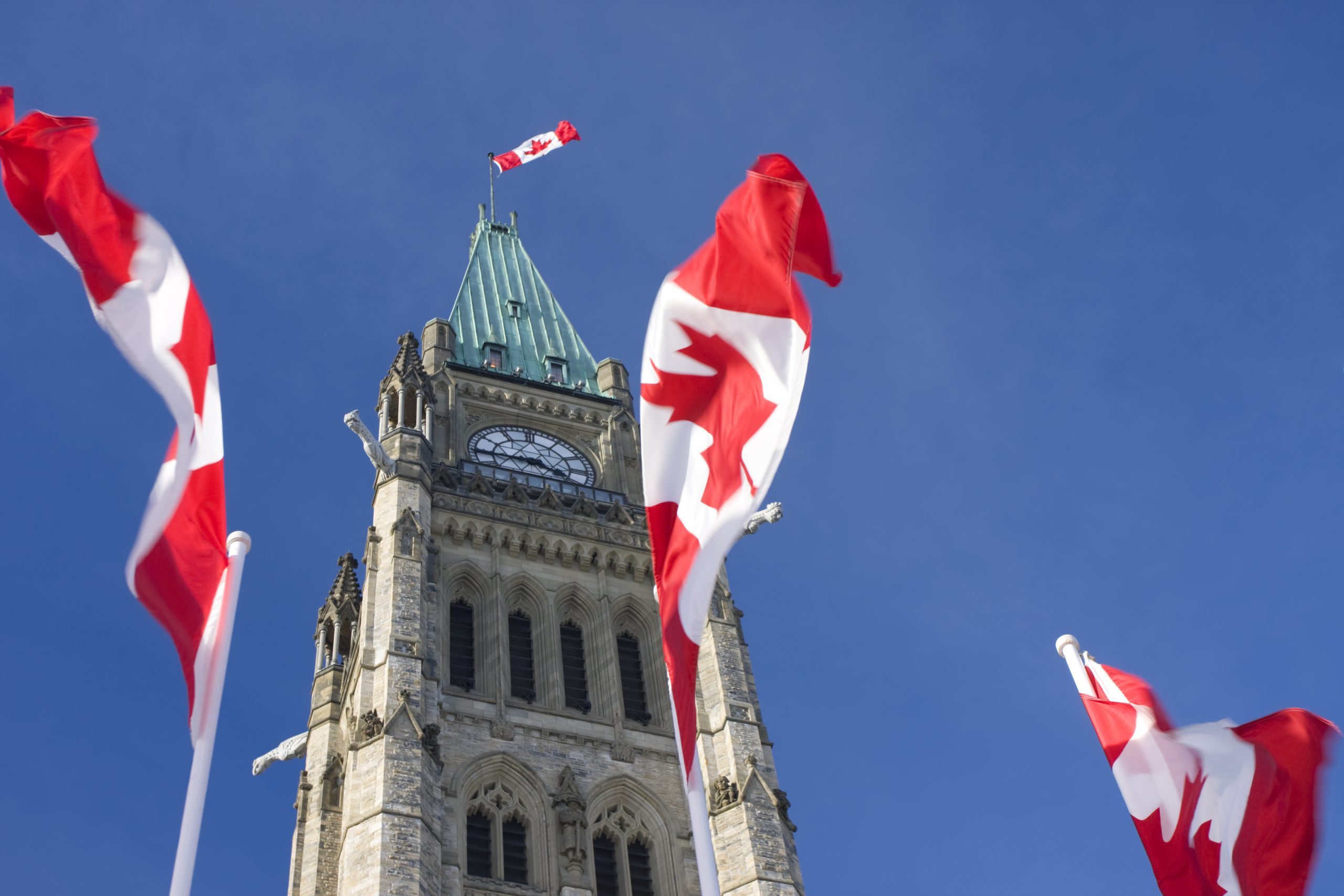Around the world with Julie and Marc: Exploring the depths of Oceania.
One third of the way into their ‘1 over 2’—and for Julie and Marc, the ‘worldly wonders’ never cease.
Bula friends!
In every corner of the world there is typically a customary way of saying ‘hello’.
In Hawaii it’s, ‘aloha’.
Back home in Canada it’s usually ‘hi’, ‘bonjour’… or even, ‘good day, eh’.
However, as the latest stop in our global adventure brought us to the tropical continent of Oceania—and specifically the breathtaking islands of Fiji, this is probably the ONLY country on Earth where you are greeted with a warm ‘BULA’ everywhere you go!
More than four letters—but a philosophy…
‘Bula’ means ‘life’. In a greeting, it implies wishes for ‘good health’. While being one little word, ‘bula’ encapsulates an entire way of life and the incredible hospitality of the Fijian people.
And what a wonderful life it is.
If you’ve ever wished that real life were a musical, Fiji is without a doubt your melodic dream-come true. On every island, the locals welcome you with song. Which can definitely throw you for a loop at first because, let’s face it, the closest we get to musical greetings back home is perhaps belting out ‘O Canada’ at the start of the school day. But here in Fiji, a song is as natural as speaking ‘hello’… but with a lot more effort.
Then there’s the weather.
Not that we want to rub in the fact that we’re ‘missing’ Canadian winter this year—however, Fiji is located in just the right corner of the world to take advantage of a mild tropical climate. So basically that means we’ve exchanged wind chills and snow drifts for warm winds and coral reefs. In fact, the clear, crystal, calm Fijian waters and gorgeous sandy white beaches pretty much make you feel like you’re in paradise!
But enough about its perfect climate… did we mention it’s also perfectly paced?
In addition to the beauty, culture, and infectious hospitality of its people—Fiji is noticeably free from the rushed and over-stressed pace we North Americans put ourselves through. In fact, ‘Fiji time’ is a way of life—and it’s a welcome change of pace from the usual grind we’re used to back home.
A typical relaxing day, ‘Fiji-style’:
- Barefoot stroll on the beach
- Snorkeling the deep blue waters
- Catching a cat nap in a beach hammock
- Listening to the calming waves
See you on the other side of the island in zero to sixty… seconds.
On many Fijian islands, you can soak up the splendor of the Oceanic sunrise on one side of the island, then later that day stroll to the other side (in as little as a minute in some cases) to enjoy the beauty of the sunset.
And sometimes, finding locals on the islands are few and far between.
During our Fijian wanderings, we visited Tavewa and Bounty Island where you’ll find small resort-type accommodations and literally nothing else—as these particular islands are uninhabited.
If you really want to ‘get away from it all’, how about an entire island all to yourself?
We also rented a private island for the day where it was just the two of us. Talk about the ultimate way to ‘unplug’ from the rest of the world and feel like you’re the only two people on Earth. That kind of silence is exhilarating and can really put you back in touch with nature.
However, no matter where you go in Fiji, you are never a stranger.
In Navotua village on Nacula Island, we had the privilege to be welcomed by its chief to take part in village life for the length of our stay.
How did we get such an invitation you wonder?
Well, (being teachers and of course the enthusiastic students of the world that we are) we brought the chief a traditional offering of kava root upon our arrival to the village.
What is kava root?
It is a tree root that is dried and crushed to a powder, which is then used to make a tea-type drink in a large wooden bowl. All who participate in the kava root ceremony sit in a circle on a coconut palm-weaved carpet and then, one at a time, drink from the grog bowl using a ‘cup’ made out of a coconut shell.
It takes a whole village…
There are about 80 people living in Navotua village, representing ten families. They all live day-to-day with little money. Yet what they do have they wholeheartedly share. For example, a family ‘gave’ us their bure (little house) for our stay—which made us feel like one of the villagers. Renting out their homes is a way to try to increase local income, particularly since it’s costly to buy flour, rice, sugar, and gasoline from the mainland (which is located six hours away). So any funds that come in from village projects, profits the entire village. Basically, everyone in the village works for the good of the village. That’s what you call collaboration at its best!
We also visited the ‘virgin coconut oil company’ that is being developed in the village in order to help finance a few families. Every day, 30 coconuts are picked, husked, opened, and shredded in order to get the milk from which the pure coconut oil is extracted, bottled, labeled (by hand), and then distributed for sale. This time-consuming process produces two litres of oil a day, bringing in sufficient funds for two young families to remain in their native village. Banking and saving are new concepts to the villagers, and is being adopted using wooden boxes with locks on them in their house, in order to save for the children’s education or for future investment in the village.
When in Rome… or this case Fiji… do as the locals do.
When you’re visiting any culture, you should always make yourself aware of local customs and traditions in order to show respect to their way of life. In the case of our stay in Navotua village, there were a few rules we needed to follow to demonstrate our respect and appreciation for their gracious hospitality.
These ‘village rules’ included:
- Shorts, swimwear, caps, or hats are not to be worn inside a village out of respect to the chief (sunglasses have only been accepted in the last few years)
- Women must always wear a sulu (long skirt) as well as sleeves
- If invited inside a bure, it is polite to stoop, then take off your shoes before you get in (other village etiquette while inside a bure include keeping your voice down and sitting cross-legged on the floor)
From the rules of the village to what ‘fuels’ the village…
Besides its people, the heart of any culture is showcased through its food. Fijian culture is no different.
And OH the Fijian food!
Every day we ate traditional fare prepared by a different family at every meal, in THEIR house. Could you imagine showing up to a different house in your own neighbourhood every day for mealtime? Unless you’re super friendly with the neighbours, that’s probably unheard of. Here in Fiji however, it’s just the way the cookie crumbles… or whatever else happens to be on the menu. If the men caught crab that morning, there was crab at supper. If the fishermen caught fish, ‘poisson’ was served. At lunch one day we had a dish that incorporated chicken feet with claws (gives a whole new meaning to ordering ‘chicken fingers’, don’t you think?). While the main protein would typically change up, the one staple at all meals is rice.
Getting schooled in the Fijian education system.
What is it they say? You can take the teacher out of the school but you can’t take the ‘school’ out of ‘schoolteacher’?
Okay, so maybe we made that one up.
However, when the opportunity presented itself to spend a half-day at the two-classroom primary school in the village (consisting of kindergarten and grades 1 to 3)—we jumped on that boat. Speaking of which, children in grades 4 to 8 actually have to take a boat every morning to get to the neighbouring village for high school—while teenagers have to move to the mainland to finish their education. We greatly enjoyed our time with the children—switching into full on ‘teacher mode’ as we worked with them on basic math concepts as well as English reading comprehension (the children’s second language). We found the children all eager to learn and happy to be free to play. Plus, they’re wonderful singers and they sing with heart at every occasion they get!
When it comes down to it, we’re all the same.
We also learned that being a teacher on a small island in Fiji really isn’t all that different than being a teacher in small town Ontario. You’re still giving lessons and answering questions… and planning field trips. During our visit, the teacher was planning a field trip for social studies class: a day in the city of Nadi, which consisted of a 6 hour-cruise to the mainland and a visit to the airport (oh the memories of planning all those field trips back home).
So there you have it. Breathtaking sights. Phenomenal weather. Mouth-watering food. Wonderful people. This was a genuine experience we won’t ever forget.
Vinaka (thank you), Fiji!
Julie and Marc
Fijian traditions:
- Bula is the customary greeting of Fiji which means ‘life’ and wishes for ‘good health’
- Drinking kava is a time-honoured tradition enjoyed among friends and family to symbolize Fijians’ unhurried way of life (and it is a known fact that kava helps relax the body)
- If you’re offered a bowl of kava, you must drink it—as it is an important cultural tradition
- ‘Meke’ are traditional song and dance shows performed by the locals, which includes their legendry fire dancers
- The Fijian people continue to speak, pray, and sing in their native Fijian language (their culture is alive and well despite the influx of tourists among them)
- October 10th marks ‘Fiji Day’ (which is comparable to our July 1st)
- As part of the celebrations of Fiji Day, locals prepare a LOVO, which is a traditional meal with pork, chicken, beef, fish, cassava (sweet potato), potato, spinach in coconut milk, all cooked in the ground by the heat of rocks
Did you know that Educators Financial Group helped Julie and Marc put a financial plan together to save for their yearlong global adventure?
If you have dreams of taking a 4 over or 5 (or in the case of Julie and Marc, a 1 over 2), contact us. We’d be happy to help you work towards taking a year away, however and wherever YOU want.


